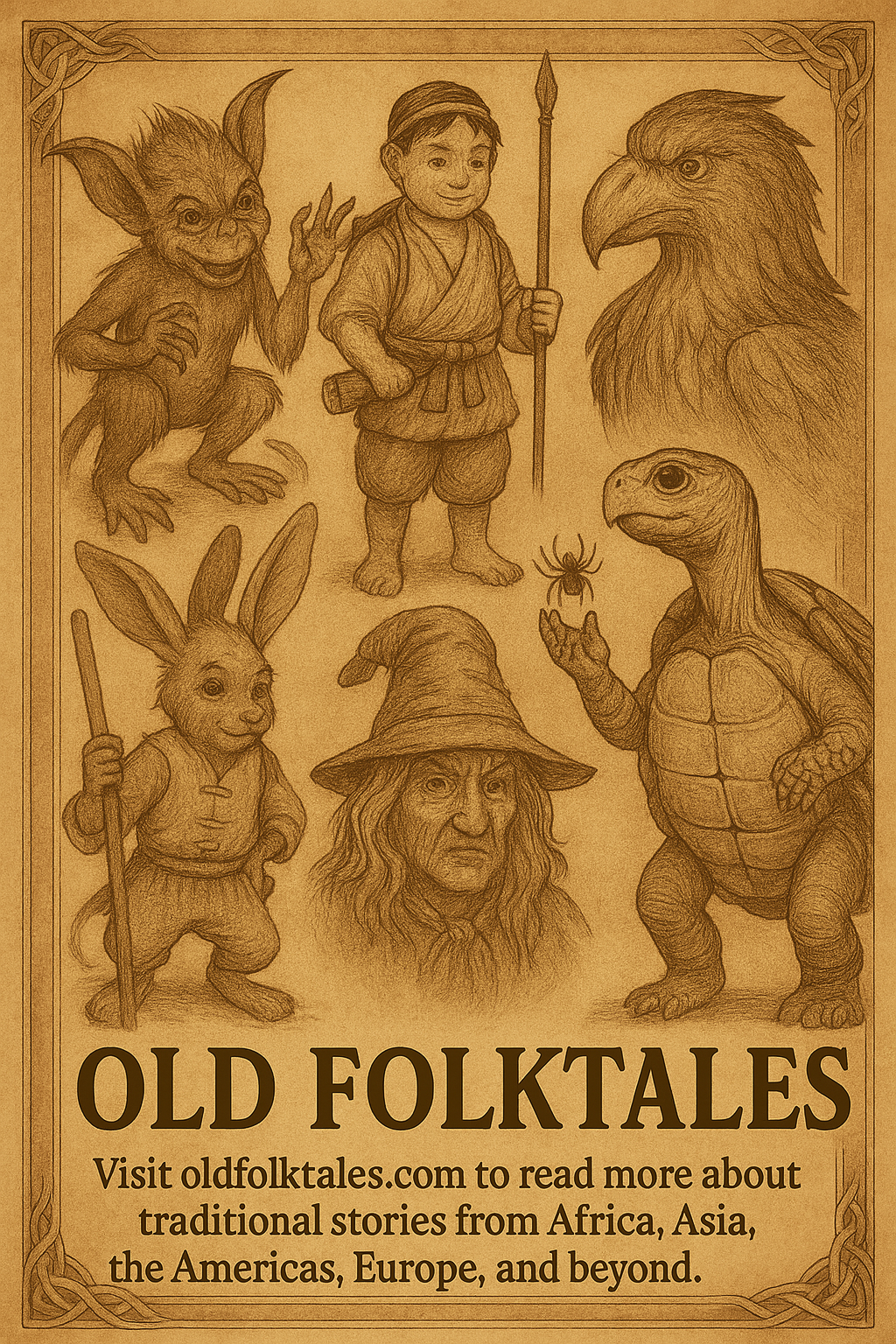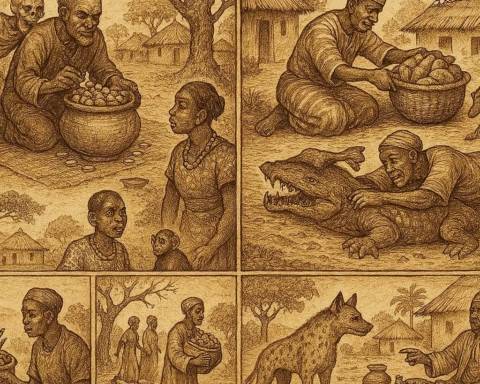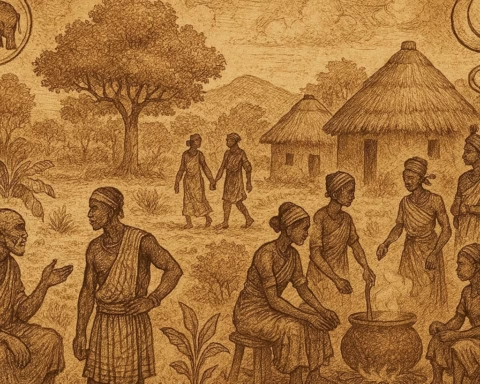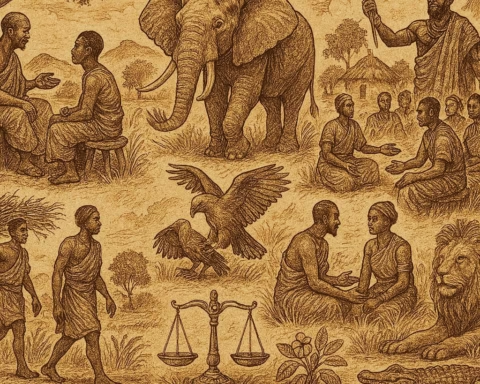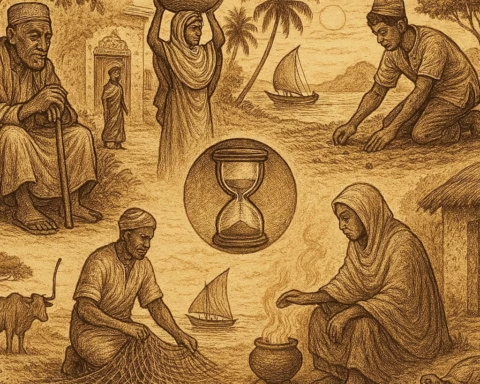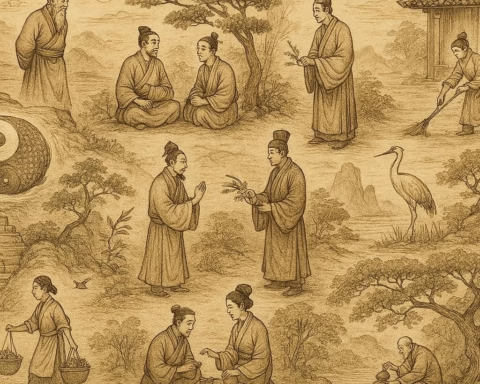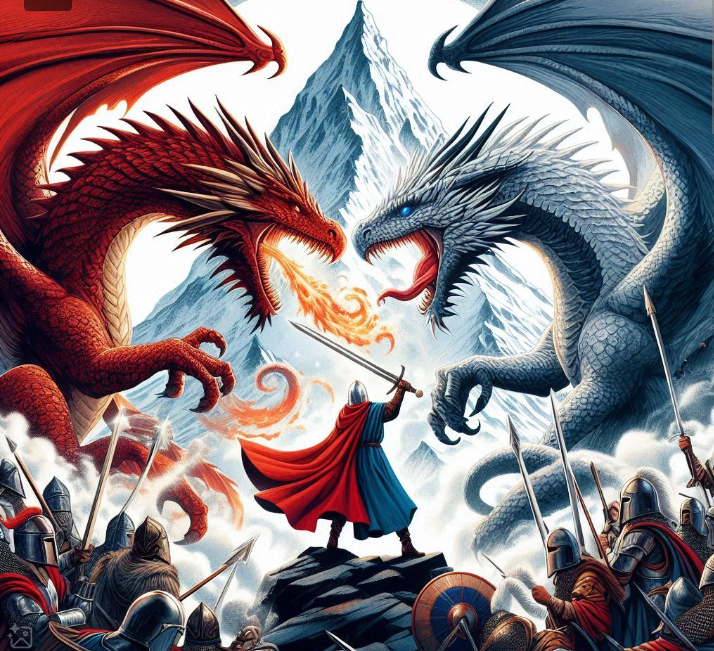
In the days when Britain’s hills still rang with the clash of sword and shield, when kings rose and fell with the turning of the seasons, a boy of strange birth wandered the wilds. His name was Myrddin, later known as Merlin , the son of no mortal man, though his mother was of noble blood. Whispers said his father was a spirit of the air, a being of shadow and prophecy. Whatever the truth, the child grew with a mind like flint and a tongue sharp as an adder’s fang.
It came to pass that King Vortigern, usurper of the British throne, sought to build a fortress high in the mountains of Snowdonia. Yet each night, the work of his labourers crumbled to the ground. Stones tumbled, timbers split, and the earth itself seemed to swallow the foundations whole. His seers told him that only the blood of a child born without a father could steady the land.
So men were sent, riding hard and fast, and they found young Merlin in the hills, speaking to the ravens as though they were kin. They brought him before Vortigern, and the boy did not kneel.
“You think to kill me,” Merlin said, “but the earth rejects your fortress not for lack of sacrifice, but for what lies beneath it.”
The king, stung yet intrigued, commanded him to speak plainly.
“There is a cavern beneath your hill,” said Merlin, “and in it two dragons sleep. One is white as moonlit frost, the other red as the embers of war. They battle in their dreams, and their strife shakes your walls to ruin.”
Vortigern laughed, for to his mind dragons were creatures of bard’s tales. Yet he ordered his men to dig, if only to prove the boy wrong. And so they delved deep, past the roots of oak and ash, past stone older than the memory of men, until they broke into a vast hollow.
From the gloom came a sound like the rolling of far-off thunder. Then, with a crack of rock, two shapes burst forth , a red dragon, fierce and blazing, and a white dragon, cold and glimmering as ice. They clashed with a force that shook the mountain. Fire met frost, talon met scale, and the roar of their fury rolled across the land.
The king’s men fled in terror, but Merlin stood unmoved, his dark eyes following the battle. At last the white dragon reeled and fell, its cry fading like the wind at dusk. The red dragon, battered yet unbroken, drove it deep into the shadows from whence it came.
Vortigern, pale with fear, turned to the boy. “Tell me the meaning.”
“The white dragon is the Saxon, whose cold grasp creeps across our shores,” said Merlin. “The red dragon is the people of Britain. Though the white will seem strong in the beginning, it shall fall. The red will rise, though its triumph will be hard-won and bitter.”
The usurper frowned. “And what of me?”
Merlin’s voice was quiet, but it carried like a bell through the hall. “You will not see that victory. Another king will rule , one whose banner bears the red dragon as its sign.”
Vortigern’s mouth twisted, but he dared not strike the boy down. He feared the prophecy, and fear in a king is a dangerous thing. So he let Merlin live, though he plotted in secret.
As the years passed, the boy grew into a man of strange power and greater wisdom. His words found their way to Uther Pendragon, the warlord who would take the throne from Vortigern’s grasp. And when Uther raised his standard, it bore the crimson dragon, just as Merlin had foretold.
In time, that banner would pass to a boy named Arthur , but that is another tale.
Moral of the Tale
The story of Merlin and the Prophecy of the White Dragon teaches that truth is not always welcome, yet it remains unbroken by the will of kings. A seer’s gift is both a blessing and a burden, for wisdom often walks hand in hand with danger. And in the oldest measure of time, it is not the might of the sword, but the endurance of the spirit, that shapes the fate of nations.
Knowledge Check
- What is the moral of the folktale “Merlin and the Prophecy of the White Dragon”?
The story teaches a timeless lesson about wisdom, courage, and the burden of truth, showing how a single prophecy can shape the destiny of a people. - What culture or region does the tale “Merlin and the Prophecy of the White Dragon” come from?
This legendary folktale originates from Celtic mythology, particularly the Welsh and British Arthurian tradition. - Why did Merlin give the prophecy of the White Dragon?
In the tale, Merlin delivered the prophecy out of duty to reveal the truth, despite the danger it posed to him under King Vortigern’s rule. - How does the folktale “Merlin and the Prophecy of the White Dragon” reflect cultural beliefs?
The story offers a traditional explanation for the red dragon as the national symbol of Wales, linking it to the struggle between Britons and Saxons in early British history. - Is “Merlin and the Prophecy of the White Dragon” considered a myth, epic, trickster tale, or origin story?
“Merlin and the Prophecy of the White Dragon” is a mythic heroic saga that also serves as a symbolic origin story for the Welsh red dragon emblem. - How is the story of “Merlin and the Prophecy of the White Dragon” relevant to modern readers?
This legendary tale remains relevant as it teaches enduring truths about speaking truth to power, preserving cultural identity, and holding hope in times of struggle.
Cultural Origin: This story is inspired by the oral and literary traditions of Celtic legend, particularly the Welsh Arthurian cycle.
